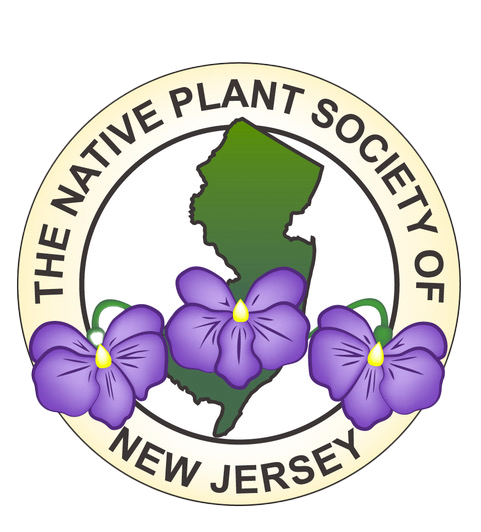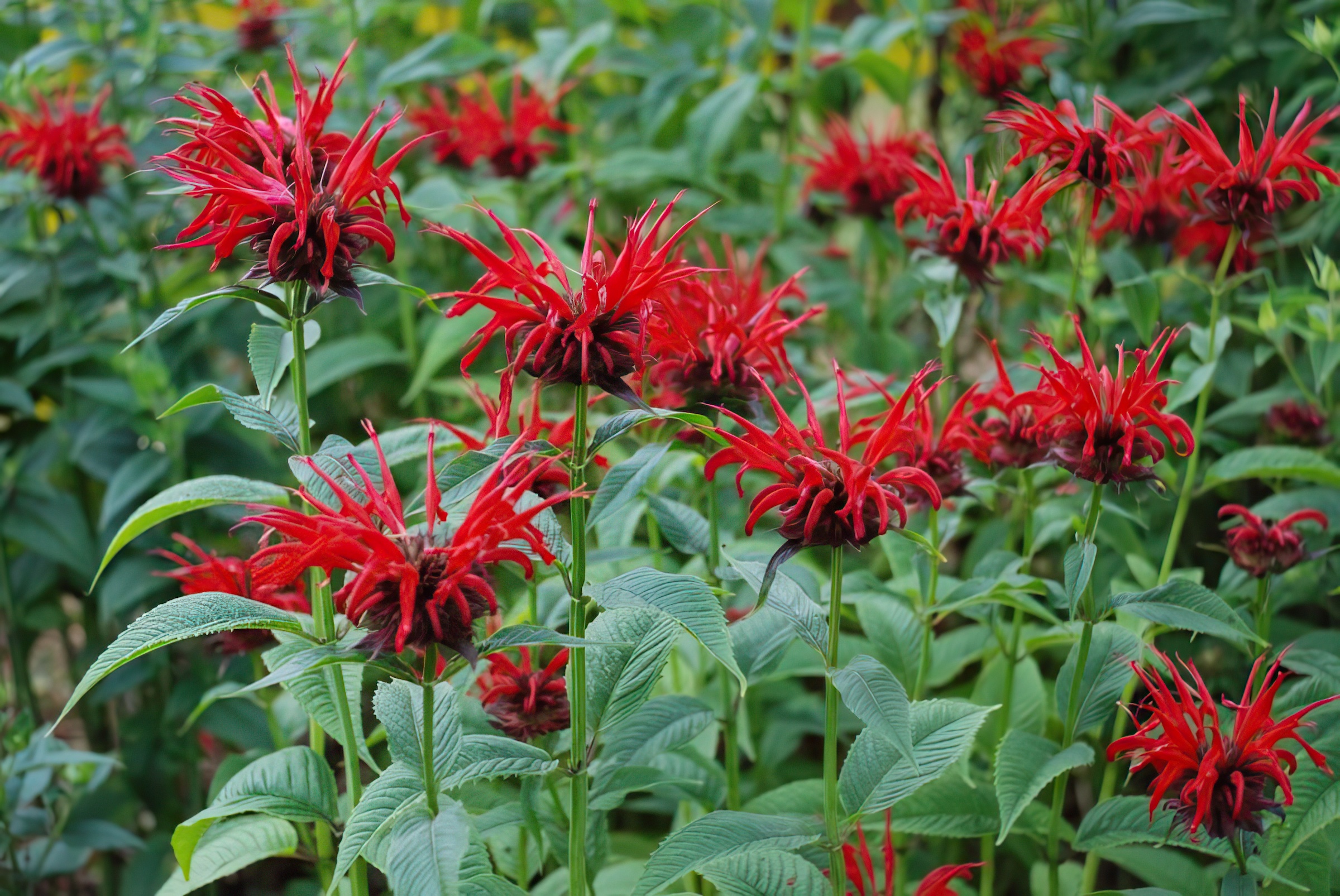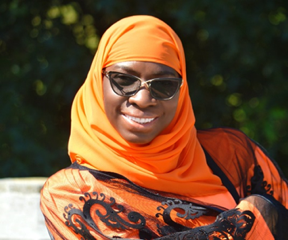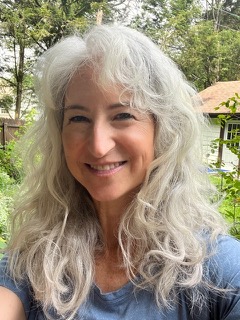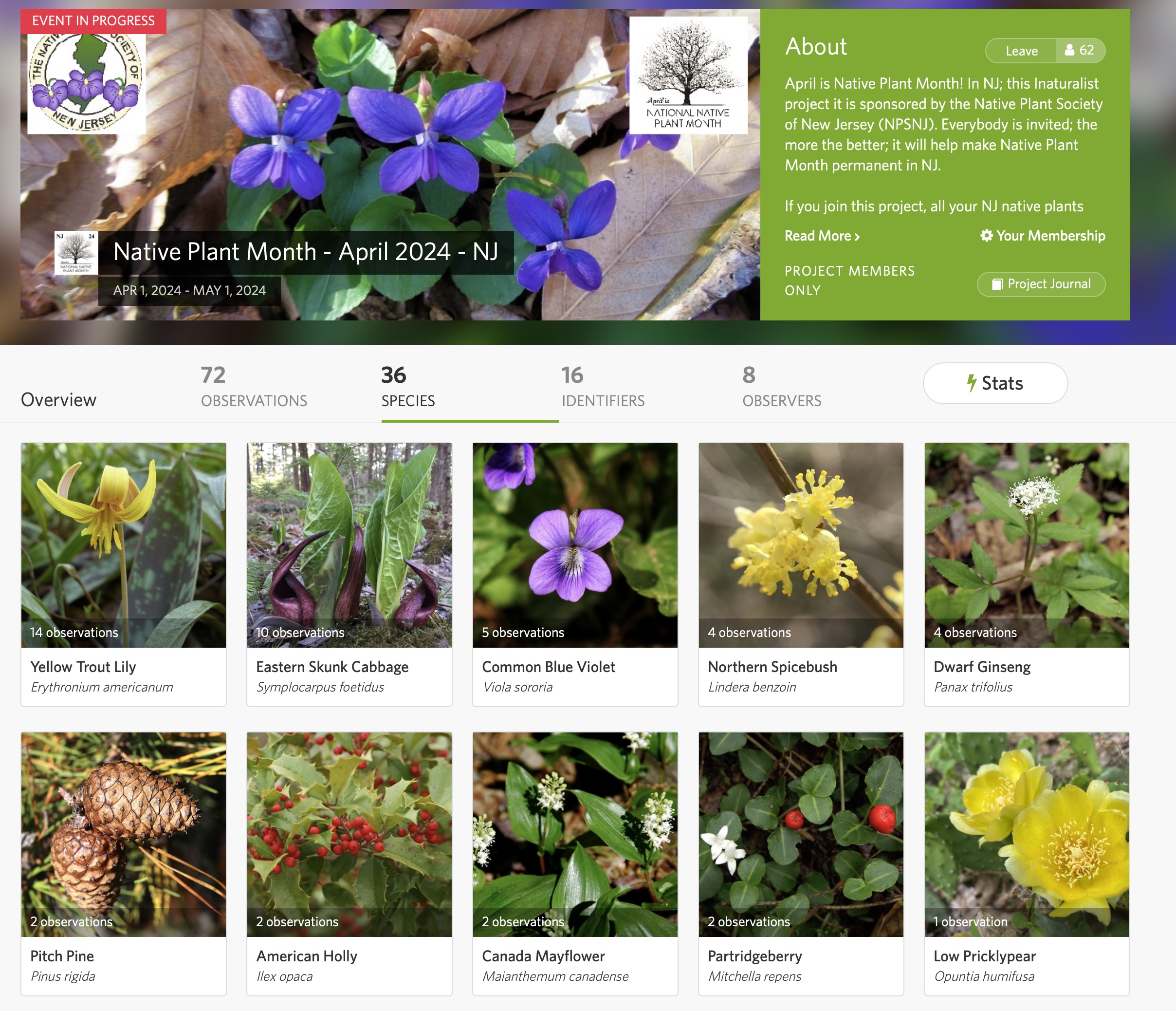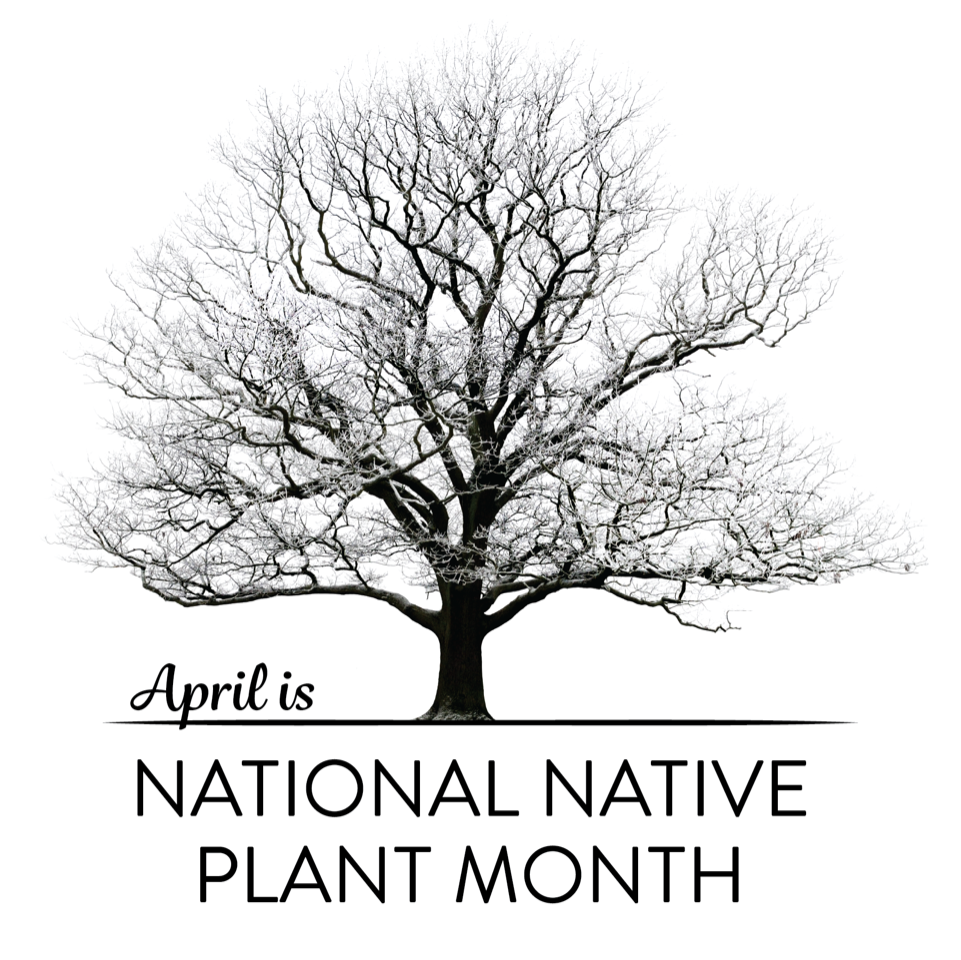
Donation Form Temporarily Offline
2024 NPSNJ Bioblitz
Advocacy Alert: Check Your Town’s Tree Removal and Replacement Ordinance
2024 NPSNJ Grants
Events List
2024 Native Plants of the Year
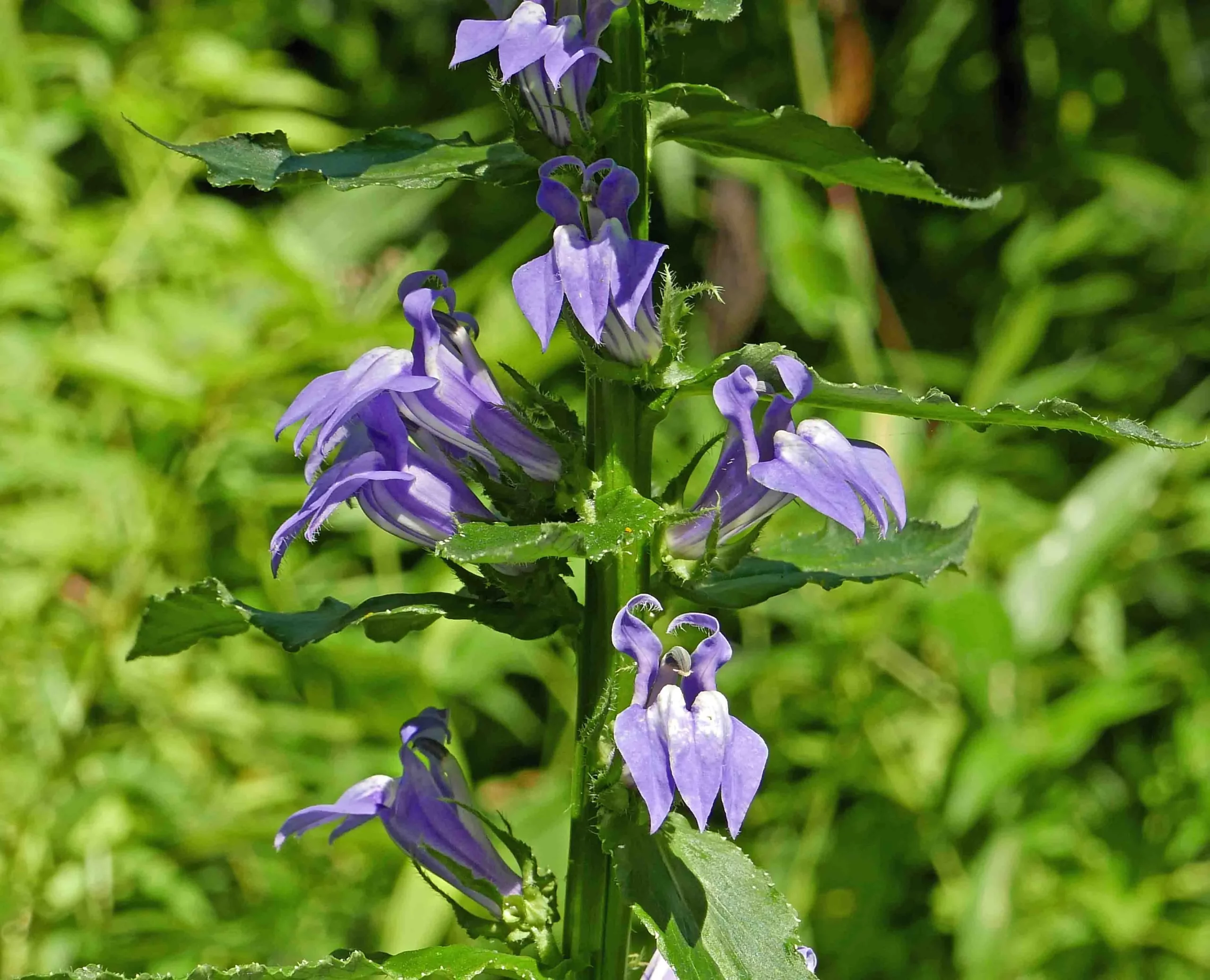
Backyard Perennial of the Year (2024)
Lobelia siphilitica, Great Blue Lobelia, is the blue brother of remarkably red cardinal flower, L. cardinalis. They are both part of the very garden-worthy bellflower family, Campanulaceae. In the wild, where it is thrilling to come upon, Great Blue Lobelia is most often seen in part sun to part shade, near streams, sloughs, and other wetlands, telling you that in the garden it prefers moist soil. Where content, it attains a height of two to three feet and colonizes through self-seeding. In most gardens, it persists for years. The summer flowers of Great Blue Lobelia are various shades of violet-blue, lipped, lobed, and arranged on a long stalk. They are an important food source for several native bees, bumblebees, and hummingbirds. Photo by Mary Free, Master Gardeners of Northern Virginia
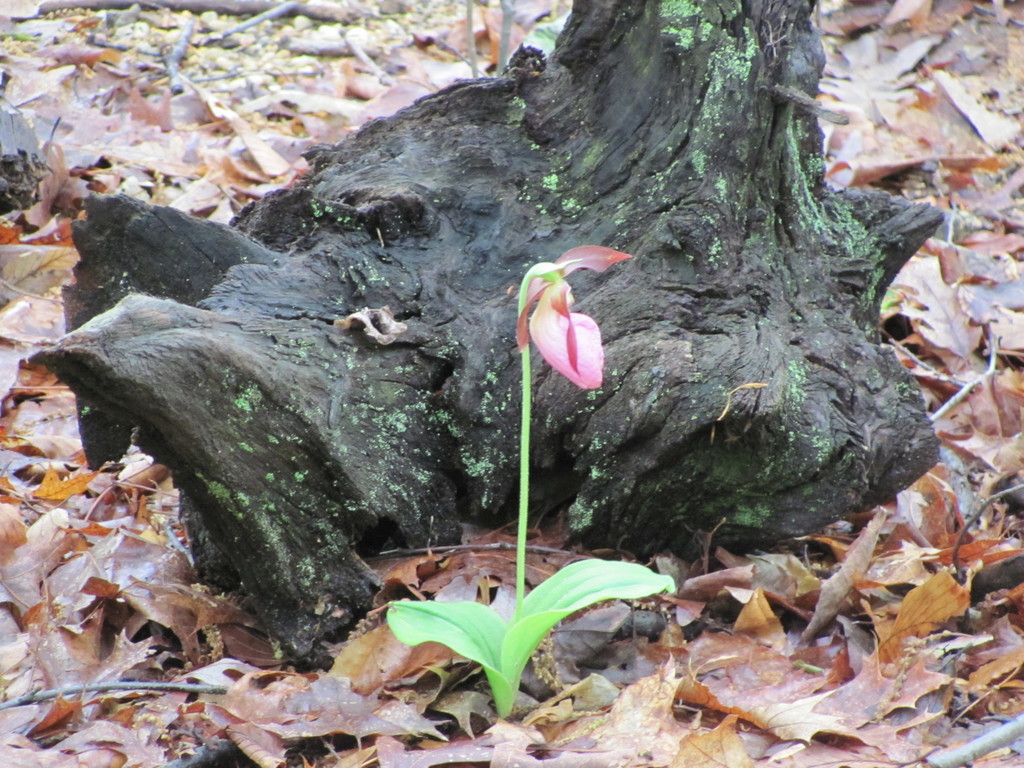
Rare Plant of the Year (2024)
Seeing Pink Lady’s Slipper on a walk in the woods, sometime in May, a plant lover’s endorphins really kick-in. The pink and tan flower has an unusual moccasin shape and dangles from a stem that rises from a pair of veined basal leaves. It has a unique design feature for pollination by bumblebees, which requires them to follow a one-way path through the flower, forcing insects to take a pre-determined route past its reproductive parts, sort like the way Ikea makes you travel past all their sales displays before you get to the exit. Cypripedium acaule is not common but can readily be seen at various places in New Jersey, such as near Ramapo Lake in Bergen County and at Cheesequake Park near the center of the state.
Some Great Plants from Hubert and Millie Ling’s Awesome Native Plants Site
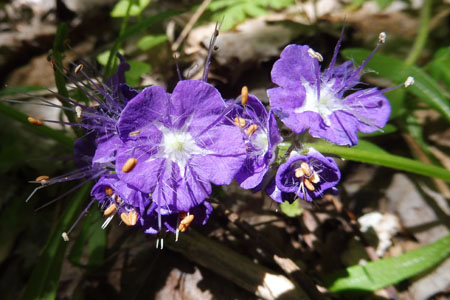
RARE in the WILD – WILD in CULTIVATION
Blooming Soon
Purple phacelia’s is S1 (Critically Imperiled) in New Jersey but G5(Globally secure) This plant grows well in the garden. It is a biennial but we have found it reseeds itself very well. We once tried to do some restoration for its mostlikly one remaining population but failed to get much support. It probably does not get much attention since it is G5. In other words, look elsewhere for many of our natives. Click here to learn more about purple phacelia.
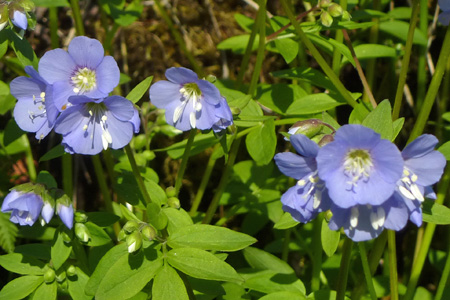
Blooming Now
These delightful pale blue flowers are blooming in our garden and their delicate leaves will persist through the summer. Polemonium reptans var reptans is S1 (Critically Imperiled) in NJ. However it grows well in the garden. It provides plenty of nectar to its pollinators with a large nectary ring at the base of the ovary. Read more: Greek valerian/Jacob’s Ladder See our ‘Gardener News’ article
Also See our Spring Plant photos & profiles
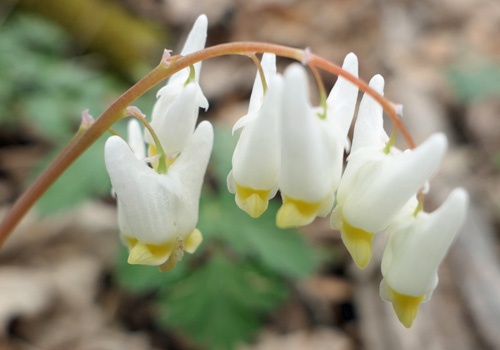
Flowering Early Spring
These these snow white gems may be blooming already. Dutchman’s Breeches is a true spring ephemeral so all traces of them will be gone by July. The flower structure is unique and requires a strong insect to pry open the closed tip to access the nectar and pollinate the plant. To appreciate the plant more, read about it. Dutchman’s Breeches.
A close relative and look alike is squirrel corn Dicentra canadensis. It is also a spring ephemeral and blooms a bit later and in NJ is S1 (Critically Imperiled). Read about Squirrel Corn!.
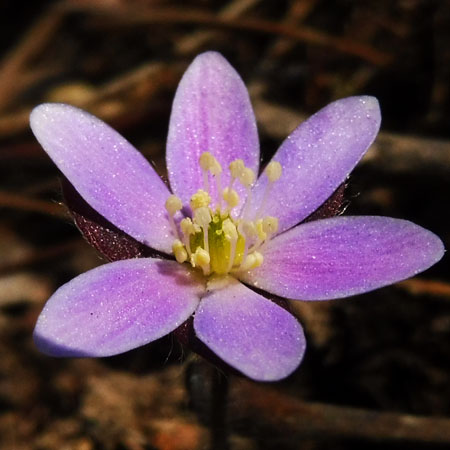
Flowering Early Spring
These delightful flowers of pastel pinks and blues will be blooming soon. We have seen them as early as April 6. On a sunny day on the trail hepaticas will dot the brown forest floor along with bloodroots. Already up (3/28) are spring beauty and spicebush flowers. Round lobed Hepatica is not a spring ephemeral. It has evergreen leaves that over winter. It forms new leaves after flowering. Another aid to survival, it will self-pollinate if cross pollination fails. Bloodroot also does this. See our Spring Plant Profiles & Photos
